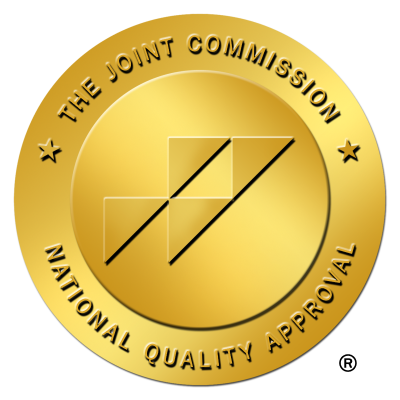How Trauma Therapy Addresses PTSD Symptoms in Recovery

An Overview of PTSD and Its Impact
Post-Traumatic Stress Disorder (PTSD) is a mental health condition triggered by experiencing or witnessing traumatic events, affecting approximately 3.6% of the U.S. adult population annually. Initially, an individual's reactions may seem typical of stress responses; however, when symptoms like intrusive memories, emotional numbness, and heightened arousal persist, they greatly impact daily life, indicating the possible emergence of PTSD. This article delves into how trauma therapy addresses PTSD symptoms, offering a pathway to recovery and improved mental health.
Understanding Trauma and PTSD
Nature of trauma and PTSD
Trauma refers to an emotional response to overwhelming distressing events, while Post-Traumatic Stress Disorder (PTSD) is a mental health condition that can develop afterward. Symptoms can develop due to events like natural disasters, military combat, or personal assaults, affecting a notable portion of the population.
What are the symptoms of PTSD?
The symptoms of PTSD (Post-Traumatic Stress Disorder) can vary but are generally categorized into four main types:
- Intrusive memories: Disturbing flashbacks and nightmares, along with unwanted memories related to the trauma.
- Avoidance: Steering clear of reminders of the event and struggling to address feelings and thoughts about the trauma.
- Negative alterations: Reflecting negative changes in thinking and mood, which can lead to feelings of isolation and depression.
- Heightened arousal: Physical symptoms including hypervigilance, irritability, and sleep disturbances, making it challenging for individuals to relax.
For a diagnosis, these symptoms must persist for more than a month and interfere significantly with daily life.
How does PTSD affect daily life?
PTSD can significantly impact daily life by affecting an individual's ability to work, perform everyday tasks, and maintain relationships with family and friends. Common issues include:
- Disruption of routines: Intrusive memories and emotional numbness can lead to difficulties in maintaining a regular schedule, impacting work and responsibilities.
- Strained relationships: The emotional fallout from PTSD can affect trust and communication within personal relationships, causing strain with loved ones.
- Increased isolation: Feelings of fear, anger, and irritability often lead individuals to withdraw socially, exacerbating feelings of loneliness.
- Potential for co-occurring issues: PTSD may lead to developmental concerns like depression, anxiety, and other mental health disorders, complicating recovery and daily functioning.
Impact of PTSD on mental health
Living with PTSD can contribute to significant emotional turmoil, leading to a diminished quality of life. Addressing the multifaceted nature of trauma through effective therapeutic approaches is crucial for individuals seeking recovery.
Trauma Therapy Methodologies
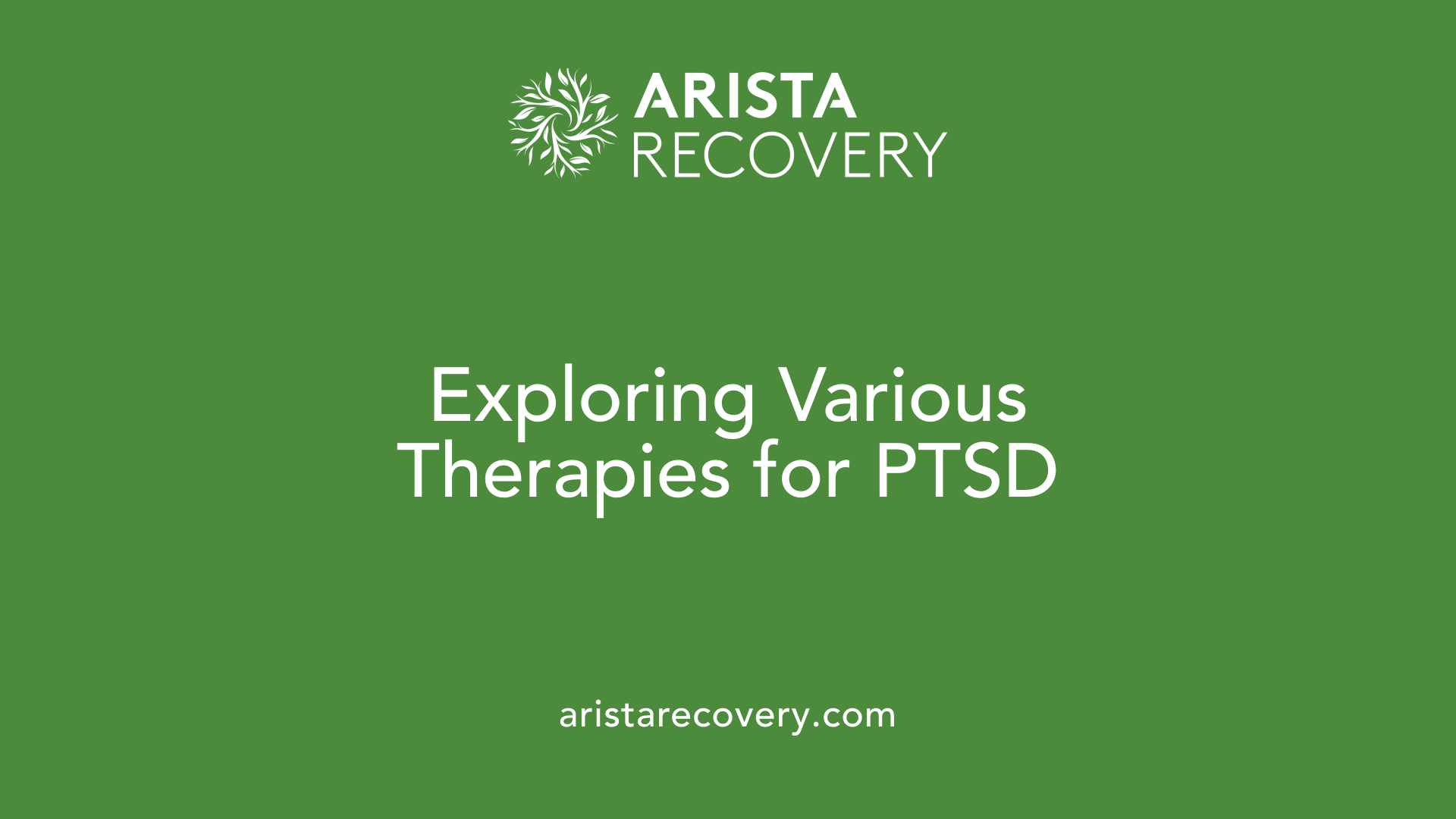
What treatment options are available for PTSD?
Treatment options for PTSD include a combination of psychotherapy and medications, both tailored to meet individual needs. The primary psychotherapeutic methods include:
Cognitive Behavioral Therapy (CBT): Focuses on identifying and altering negative thought patterns that can exacerbate PTSD symptoms. This approach is well-supported by research, showing that about 61% to 82.4% of patients no longer meet the PTSD criteria after treatment.
Cognitive Processing Therapy (CPT): A variation of CBT that emphasizes understanding and re-evaluating thoughts connected to trauma, typically delivered over 12 sessions.
Prolonged Exposure Therapy (PE): Gradually encourages confronting trauma-related thoughts and situations to reduce symptoms, effective for up to 71% of participants.
Eye Movement Desensitization and Reprocessing (EMDR): Uses guided eye movements while recalling distressing memories, significantly reducing the emotional impact associated with those memories.
Medications also play a crucial role in PTSD treatment. Commonly prescribed options include Selective Serotonin Reuptake Inhibitors (SSRIs) such as sertraline and paroxetine, which are FDA-approved for treating PTSD. Other pharmacological options may involve different antidepressants and anti-anxiety medications.
Effectiveness of therapeutic techniques in PTSD recovery
The effectiveness of trauma-focused therapies is underscored by extensive research demonstrating significant improvement in patients diagnosed with PTSD. Evidence suggests that:
- Cognitive Behavioral Therapy (CBT) leads to substantial reductions in PTSD symptoms, helping about two-thirds of patients reach recovery.
- Prolonged Exposure Therapy (PE) effectively reduces avoidance and anxiety responses associated with traumatic memories.
- EMDR has shown efficacy in decreasing nightmares and flashbacks, making it a valuable component of PTSD treatment plans.
- Comprehensive approaches, including mindfulness techniques and holistic therapies like yoga, also support recovery by promoting emotional regulation and resilience.
In summary, the landscape of trauma therapy offers diverse methodologies, each providing significant therapeutic benefits that facilitate the healing process for individuals suffering from PTSD.
The Role of Therapy in PTSD Recovery
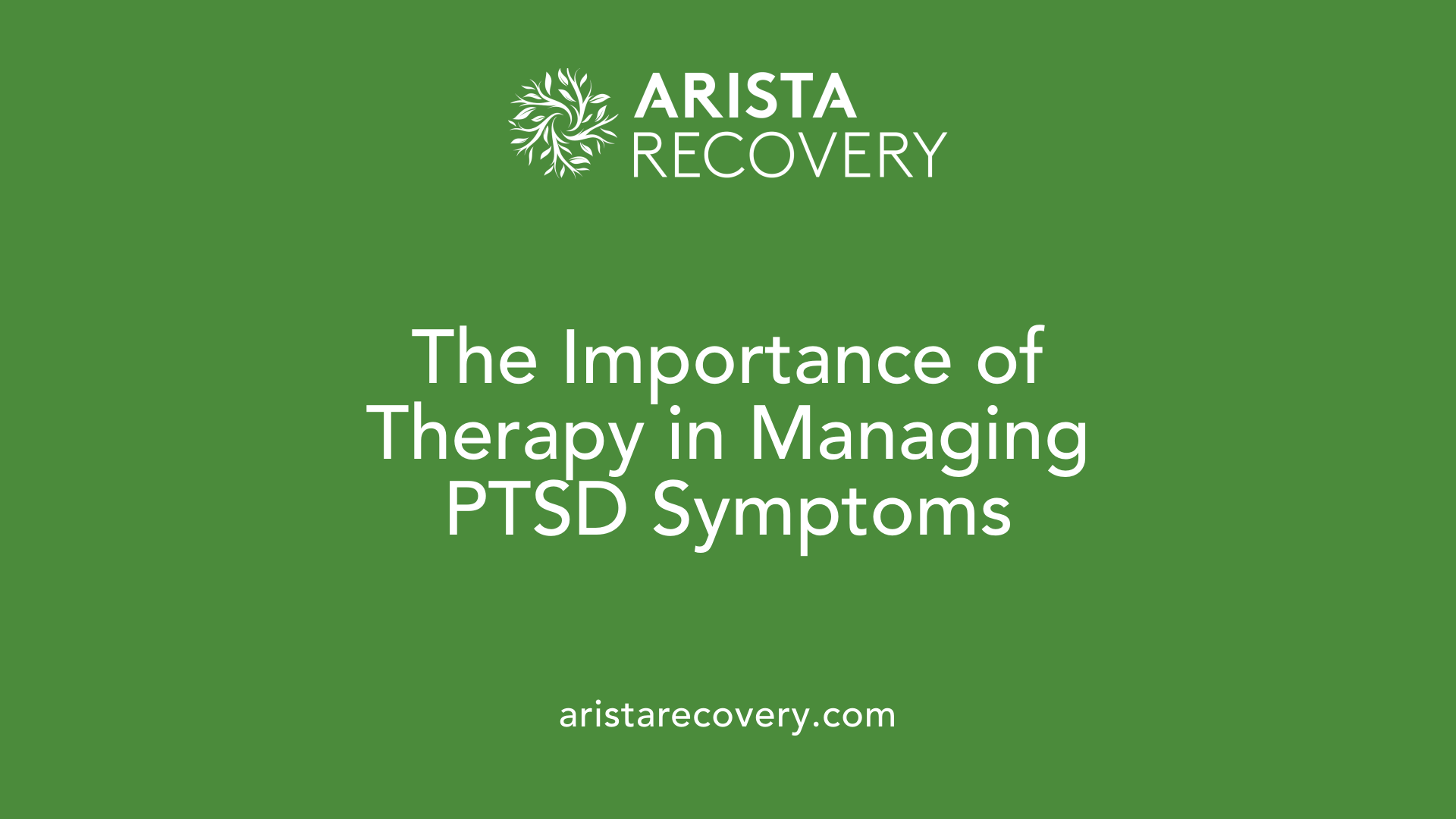
How is PTSD addressed in therapy?
PTSD is primarily addressed in therapy through a combination of talking therapies and medication. This dual approach allows for a comprehensive treatment plan tailored to each individual's needs. The process typically starts with an assessment of symptoms, which can occur after a visit to a general practitioner or via self-referral to a specialized service.
Cognitive Behavioral Therapy (CBT) remains a cornerstone in managing trauma-related thoughts and emotions. It includes techniques like applying trauma-focused CBT, which helps reshape negative thinking patterns. Another key method is Eye Movement Desensitization and Reprocessing (EMDR), which utilizes guided eye movements to facilitate the processing of traumatic memories.
Psychotherapy approaches
Various psychotherapy approaches are employed to address PTSD symptoms effectively:
- Cognitive Processing Therapy (CPT): Helps patients challenge and modify distressing thoughts related to trauma.
- Prolonged Exposure Therapy (PE): Encourages safely confronting trauma memories to desensitize fear responses.
- Stress Inoculation Training (SIT): Develops coping strategies to manage anxiety and stress.
Role of therapy in symptom management
Therapy also plays a crucial role in managing PTSD symptoms by offering tools to control intrusive memories, hyperarousal, and emotional numbing. Effective therapies often combine behavioral strategies with pharmacological support, like SSRIs (e.g., paroxetine and sertraline), when necessary. This combination can significantly enhance recovery outcomes by addressing both psychological and physiological aspects of PTSD, ultimately helping individuals regain control over their lives.
Trauma-Informed Therapy Explained
What is trauma-informed therapy for PTSD?
Trauma-informed therapy is primarily centered on understanding how traumatic experiences affect individuals. It emphasizes creating a safe and supportive environment, enabling trauma survivors to process their emotions and experiences. This approach is crucial for effectively addressing PTSD symptomatology, as it integrates various therapeutic techniques.
Key modalities employed in trauma-informed care include Trauma-Focused Cognitive Behavioral Therapy (TF-CBT) and Eye Movement Desensitization and Reprocessing (EMDR). TF-CBT combines standard cognitive behavioral strategies with trauma-specific interventions. It not only alleviates PTSD symptoms but also enhances emotional regulation and coping skills.
Application in PTSD treatment
Trauma-informed therapy recognizes that over 70% of individuals may experience a traumatic event, with around 10% developing PTSD. By shifting the perspective from "What's wrong with you?" to "What happened to you?", therapists gain insights into each client's unique trauma history, enabling personalized treatment plans.
Creating safe therapeutic environments
Establishing a trusting therapeutic relationship is pivotal in trauma-informed therapy. The approaches used aim to empower clients and minimize the risk of re-traumatization. Providing a space that respects emotional responses helps clients navigate their complex feelings. Furthermore, including cultural sensitivity in treatment enhances relevance and support for diverse clients, ultimately fostering their healing journey.
In summary, trauma-informed therapy facilitates recovery by addressing the psychological impacts of trauma and focusing on a compassionate approach to treatment.
Mechanisms Involved in Trauma Therapy
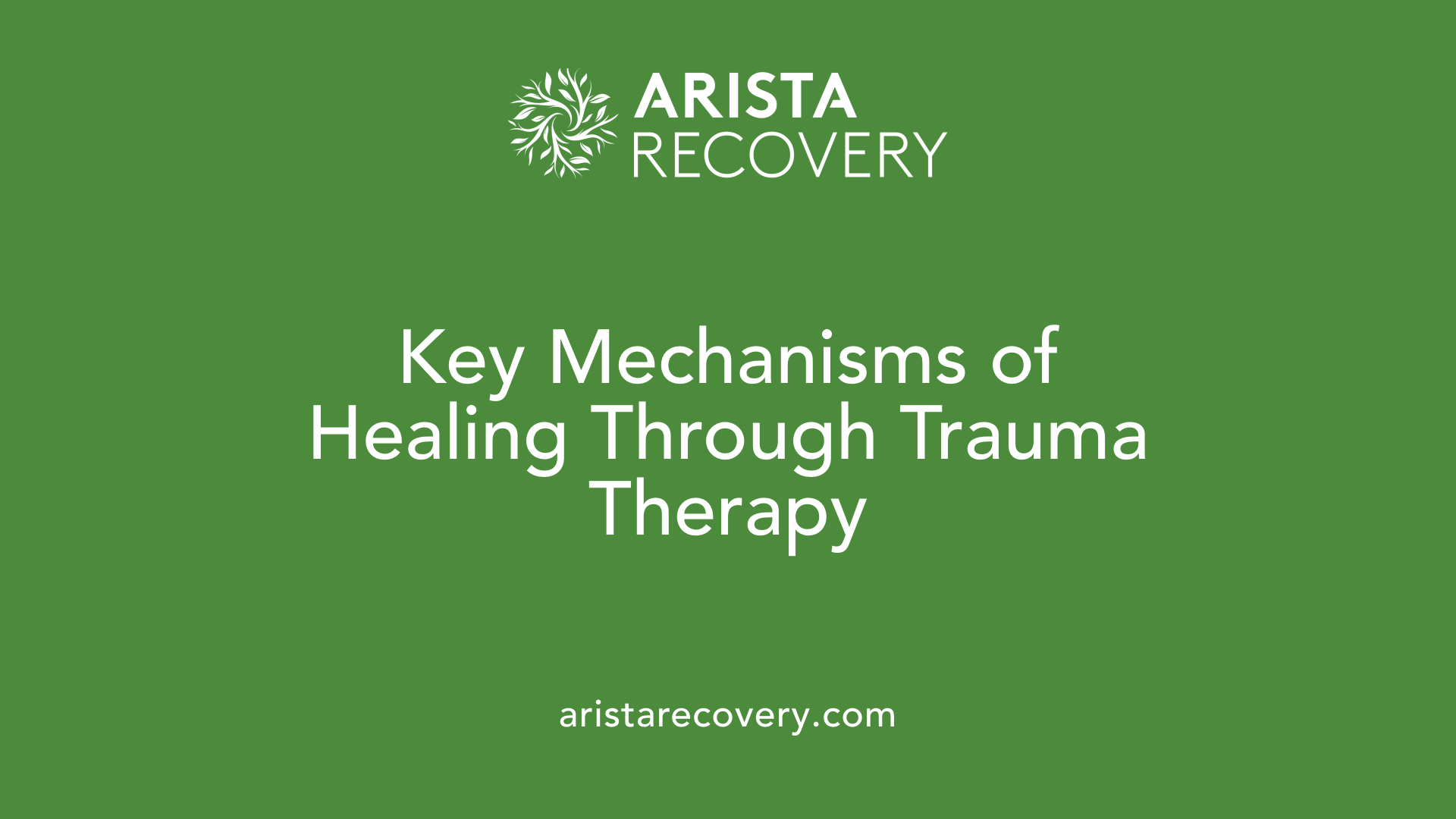
Processes in Trauma Therapy
Trauma therapy is designed to help individuals process unimaginable distress caused by traumatic events, particularly for those diagnosed with post-traumatic stress disorder (PTSD). These therapies employ various evidence-based methods that have proven effective in fostering recovery. Common approaches include Cognitive Behavioral Therapy (CBT), Eye Movement Desensitization and Reprocessing (EMDR), and Prolonged Exposure Therapy (PE). Each method targets the complex relationships between trauma memories, emotional responses, and negative thought patterns that can stymie personal healing.
Mechanisms of Healing in PTSD Treatment
Healing in PTSD treatment revolves around several core mechanisms:
- Cognitive Restructuring: This helps individuals identify and modify distorted thought patterns, aiding in reducing trauma-related distress.
- Exposure Therapy: Gradual exposure to trauma reminders helps diminish avoidance behaviors, allowing patients to confront and process their fears.
- Emotional Regulation Techniques: These include mindfulness practices and skills that can help individuals manage their emotions, thus fostering resilience and reducing hyperarousal symptoms.
By creating a supportive and trustful environment, trauma-informed care emphasizes collaboration, empowering individuals to regain control and foster long-term emotional and psychological well-being. Personalizing treatment plans is essential, as it caters to each person's unique experience and paves the way for effective recovery.
Cognitive-Behavioral Therapy and PTSD
Effectiveness of CBT
Cognitive-Behavioral Therapy (CBT) is one of the most effective treatments for managing PTSD symptoms. Research indicates that approximately 61% to 82.4% of patients treated with CBT no longer meet the diagnostic criteria for PTSD. This therapeutic approach focuses on the intricate connections between thoughts, feelings, and behaviors, helping individuals recognize and alter negative thought patterns associated with their trauma.
CBT sessions usually encompass 12 to 16 meetings, where therapists guide patients in challenging distressing memories and beliefs. This structured environment fosters an increased understanding of trauma and promotes emotional regulation.
Different forms of CBT for PTSD
Within the CBT framework, several specialized applications target PTSD:
- Cognitive Processing Therapy (CPT): Focuses on challenging unhelpful beliefs resulting from trauma, delivered typically in 12 sessions.
- Prolonged Exposure Therapy (PE): Encourages gradual confrontation of trauma-related situations and memories, helping reduce avoidance behaviors over approximately three months.
- Trauma-Focused Cognitive Behavioral Therapy (TF-CBT): Tailored for children and teens, it aims to address trauma early in life and has proven effective in improving outcomes for younger populations.
- Cognitive Therapy: Concentrates on modifying distressing trauma memories, often administered over weekly sessions for three months.
- Stress Inoculation Training (SIT): Develops coping strategies to manage anxiety and stress, contributing to resilience.
These various forms of CBT provide adaptable options for tailoring therapy to individual needs, enhancing the potential for recovery from PTSD.
Exploring EMDR and Prolonged Exposure Therapy
Eye Movement Desensitization and Reprocessing (EMDR)
Eye Movement Desensitization and Reprocessing (EMDR) is a specialized therapy method used to help individuals process distressing and traumatic memories. This innovative approach involves the use of guided eye movements to reduce the emotional charge linked to traumatic events. By facilitating this reprocessing, EMDR aims to alleviate symptoms such as intrusive thoughts and emotional distress related to trauma.
Research supports the effectiveness of EMDR, indicating that it can significantly decrease PTSD symptoms. A study showed that patients experienced notable improvements in their emotional and psychological well-being after undergoing EMDR. This method is particularly beneficial for those who may struggle to verbally articulate their trauma.
Prolonged Exposure Therapy (PE)
Prolonged Exposure Therapy (PE) is another evidence-based approach designed to treat PTSD. This therapy encourages individuals to confront their memories and fears associated with trauma gradually. By repetitively engaging with these distressing stimuli in a controlled environment, patients learn to diminish their anxiety responses and reduce avoidance behaviors, paving the way for healing.
Studies have demonstrated substantial success with PE, reporting that up to 71% of participants experienced reduced symptoms following treatment. This therapeutic method allows individuals to regain control over their lives and is particularly effective in promoting resilience against trauma-related stressors.
| Therapy Type | Core Focus | Effectiveness | Symptoms Addressed |
|---|---|---|---|
| EMDR | Reprocess memories | Significant reduction in PTSD symptoms | Intrusive thoughts, emotional distress |
| Prolonged Exposure | Confront fears | Up to 71% symptom reduction | Avoidance behaviors, anxiety response |
In conclusion, both EMDR and Prolonged Exposure Therapy are vital for effectively managing PTSD, showcasing significant evidence supporting their benefits in trauma recovery.
The Importance of Trauma-Informed Care
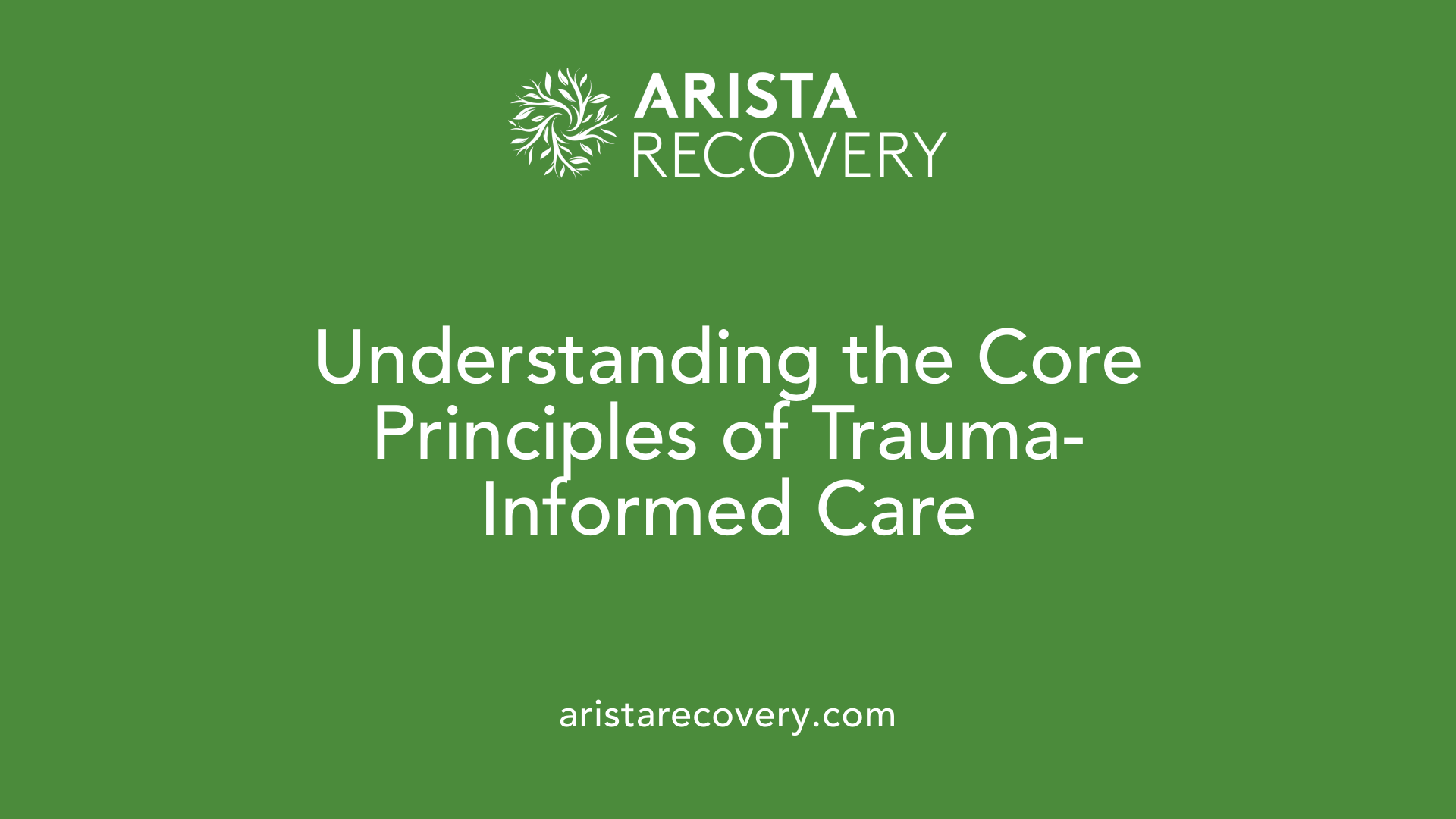
Principles of Trauma-Informed Care
Trauma-informed care is an approach that recognizes the profound impact trauma can have on individuals' mental health and well-being. It operates on several core principles:
- Safety: Ensuring the environment is physically and emotionally safe for clients.
- Trustworthiness: Building clear boundaries to foster a trusting therapeutic relationship.
- Choice: Empowering clients by giving them a voice in their treatment process.
- Collaboration: Working alongside clients to develop treatment plans that respect their specific needs.
- Empowerment: Supporting clients in recognizing their strengths and building resilience.
These principles create a supportive framework that facilitates healing and supports emotional and psychological recovery.
Implications for PTSD Treatment
In the context of PTSD treatment, trauma-informed care plays a vital role in improving engagement and outcomes. By minimizing triggers and fostering a compassionate environment, therapists can better address symptoms like anxiety, hypervigilance, and emotional numbing. This approach helps clients feel validated and understood, which is crucial for rebuilding trust and improving therapeutic relationships. Furthermore, it equips both clients and therapists to manage the complexities of trauma effectively, ultimately promoting sustained recovery and enhancing quality of life.
Enhancing Recovery Outcomes with Trauma Therapy
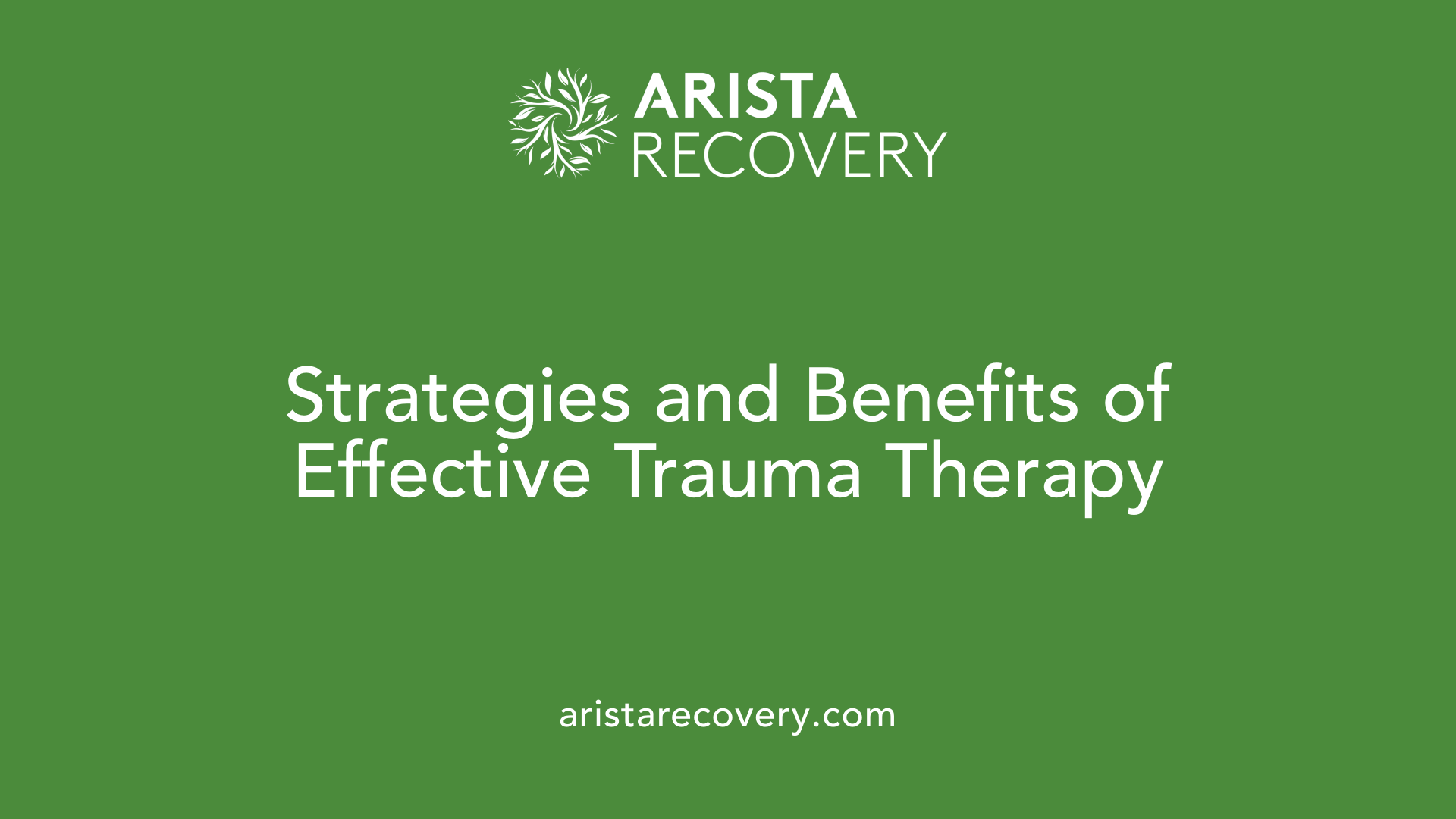
Strategies for Recovery
Trauma therapy employs a variety of strategies aimed at enhancing recovery for those affected by PTSD. A multifaceted approach combines cognitive-behavioral techniques with mindfulness and holistic therapies. Cognitive Behavioral Therapy (CBT) focuses on reshaping negative thought patterns, while Exposure Therapy helps individuals face and process traumatic memories. Mindfulness techniques improve emotional regulation, helping clients manage triggers and anxiety responses.
In addition to psychotherapeutic methods, social support plays a vital role in recovery. Engaging with community support groups encourages sharing experiences and feelings, fostering connections that aid healing. Other complementary modalities, such as yoga and equine therapy, establish a mind-body connection that promotes emotional healing and resilience.
Long-Term Benefits of Therapy
The long-term benefits of trauma therapy extend beyond immediate symptom relief. Through targeted therapeutic interventions, individuals learn coping mechanisms that enhance emotional regulation, improve relationships, and build resilience against future stressors. Therapies like Prolonged Exposure (PE) and Cognitive Processing Therapy (CPT) show significant efficacy in reducing PTSD symptoms, with many experiencing lasting improvements in mental health and quality of life.
Through ongoing therapy, individuals can cultivate self-compassion and develop a greater sense of control, facilitating a healthier lifestyle after trauma. Overall, an integrated approach to trauma treatment can lead to profound, sustained recovery outcomes.
A Pathway to Hope and Healing
The journey to recovery from PTSD can be daunting, but understanding how trauma therapy can effectively address symptoms provides hope for healing. With a variety of therapeutic options available, including trauma-informed care, cognitive behavioral approaches, and EMDR, individuals can find paths that suit their unique recovery needs. As therapy continues to evolve, empowering those affected by trauma, it not only alleviates symptoms but fosters resilience, enabling individuals to reclaim their lives and achieve lasting well-being.
References
- Trauma-Informed Therapy - StatPearls - NCBI Bookshelf
- Treating Survivors in the Acute Aftermath of Traumatic Events - PTSD
- The Role of Trauma Counseling in Healing from PTSD
- Natural Recovery vs. PTSD
- Trauma and PTSD Recovery | Sanctuary Treatment Center
- Effective PTSD Treatment Goals - Relevance Recovery
- Post-traumatic stress disorder (PTSD) - Diagnosis and treatment
- Navigating PTSD: A Guide To Recovery - Beyond Healing Counseling
- 5 Effective Trauma Therapy Methods - Restorative Counseling
- PTSD (Post-Traumatic Stress Disorder): Symptoms & Treatment

